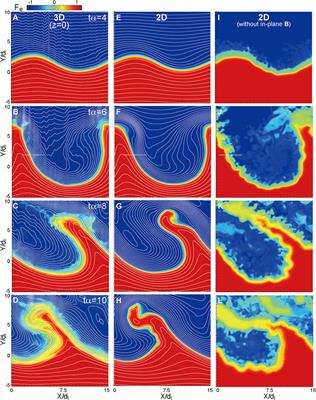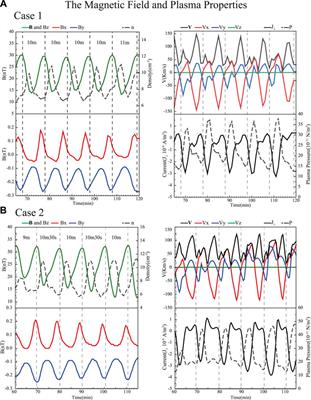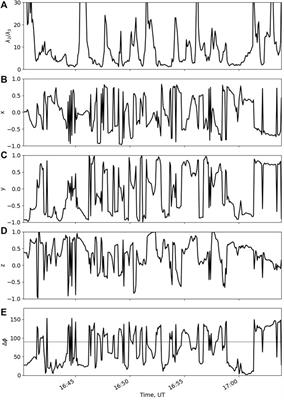EDITORIAL
Published on 13 May 2022
Editorial: Micro- to Macro-Scale Dynamics of Earth’s Flank Magnetopause
doi 10.3389/fspas.2022.911633
- 744 views
6,225
Total downloads
45k
Total views and downloads
EDITORIAL
Published on 13 May 2022
ORIGINAL RESEARCH
Published on 18 Feb 2022

BRIEF RESEARCH REPORT
Published on 25 Jan 2022

ORIGINAL RESEARCH
Published on 14 Jan 2022

ORIGINAL RESEARCH
Published on 20 Dec 2021

ORIGINAL RESEARCH
Published on 13 Dec 2021

ORIGINAL RESEARCH
Published on 09 Dec 2021

ORIGINAL RESEARCH
Published on 02 Dec 2021

ORIGINAL RESEARCH
Published on 17 Nov 2021

ORIGINAL RESEARCH
Published on 17 Nov 2021

ORIGINAL RESEARCH
Published on 05 Nov 2021

ORIGINAL RESEARCH
Published on 05 Nov 2021

